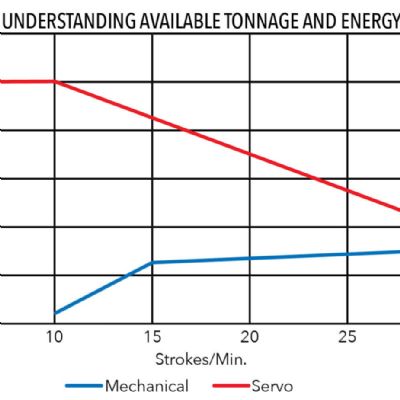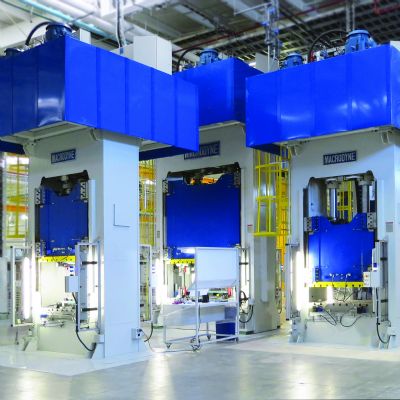Carbon Steel to Carbon Fiber
November 1, 2015Comments
I was asked to participate in a panel discussion at the recent Society of Plastics Engineers’ Automotive Composites Conference and Exhibition in Novi, MI. The discussion topic: Carbon Steel to Carbon Fiber.
A plastics society conference is an unusual place for a metalforming professional, to say the least, and the discussion topic might imply that the objective is to take market share from the metalforming industry. But this was not the case. In fact, the opposite was true. Read on.
A major barrier to the penetration of high-performance composites in automotive structures is the large investment in legacy processes (similar to sheetmetal stamping), the lack of a large supply chain for composites and very long process cycle times. Recent developments in “stamp forming” of thermoset and thermoplastic composite sheets offers intriguing possibilities for converting existing industry assets, such as stamping presses, to forming composite materials.
How practical is this? Can existing automotive and metal-stamping infrastructure be leveraged to meet automotive lightweighting targets? To answer these questions, one needs to understand the basic processing steps for composite-sheet forming and identify existing metalforming processes that will help transform the vision of high-volume composite-sheet forming into manufacturing reality.
Composite-sheet forming is a very slow process, with world-class cycle times measuring 5 min. or slightly less. The process requires composite-sheet material to be placed onto a forming tool, somewhat like loading sheetmetal blanks into a draw die. The forming tool mounts to the upper and lower platens (i.e., slide and bolster) of a specially designed hydraulic press. Both platens are heated, which in turn transfers heat to the forming tool. The heated tooling closes on the composite sheet, applying the required forming pressure to create the final product shape while the combination of pressure and thermal energy activates the curing process. The tooling remains closed until the composite completely cures.
The process described for composite-sheet forming is similar to hot and warm forming.
In hot forming, the blank is heated while the die is cooled with chilled water or other suitable media. The blank, heated in an oven to approximately 900 to 950 C, deforms into the desired shape in tooling that remains closed under high pressure in a hydraulic press while the deformed part is quenched (a corollary to curing). When quenching completes, the tooling opens and the part can be removed using robotic or mechanical means as the quenched part is still too hot to handle by hand. Part-to-part cycle time ranges from 10 to 20 sec. for many hot-formed parts.
In warm forming, the blank is heated to a much lower temperature, approximately 200 to 300 C for aluminum. These lower temperatures provide an opportunity to heat the blank in the stamping tool rather than externally in an oven. The tooling closes until the die face contacts the blank sitting on the holder. The press slide dwells at this position, and heating elements embedded in the die and blank holder heat the blank until it reaches the required forming temperature. The press slide continues to descend and the part is drawn or formed to its final shape.
Forming composite-sheet materials could take advantage of a combination of existing hot- and warm-forming technology in addition to future developments in composite curing technologies that would reduce cycle times to hot-forming and warm-forming equivalents. This might make composite-sheet forming a viable technology for high-volume automotive applications.
It is not difficult to imagine a time when metalforming companies will use servo-driven presses to produce formed parts from carbon steel and carbon-fiber-sheet composites. Advancements in servo technology are required to allow 10 to 20 sec. dwell times under high pressure at the bottom of the press stroke, and I expect this will occur.
Other obstacles include die-design guidelines; tool-construction requirements to ensure proper temperature distribution for curing; development of a tooling supply base; and adequate insulation between the tooling on the press slide and bolster to prevent heat transfer to press members, which would cause clearance problems in the press structure due to thermal expansion.
Reducing the curing time for composite materials from 5 min. to something similar to hot-forming cycle times remains the largest obstacle. This level of efficiency may enable high-volume production for carbon-fiber-composite products. MF
View Glossary of Metalforming Terms
Technologies: Materials, Stamping Presses, Tooling








 Video
Video